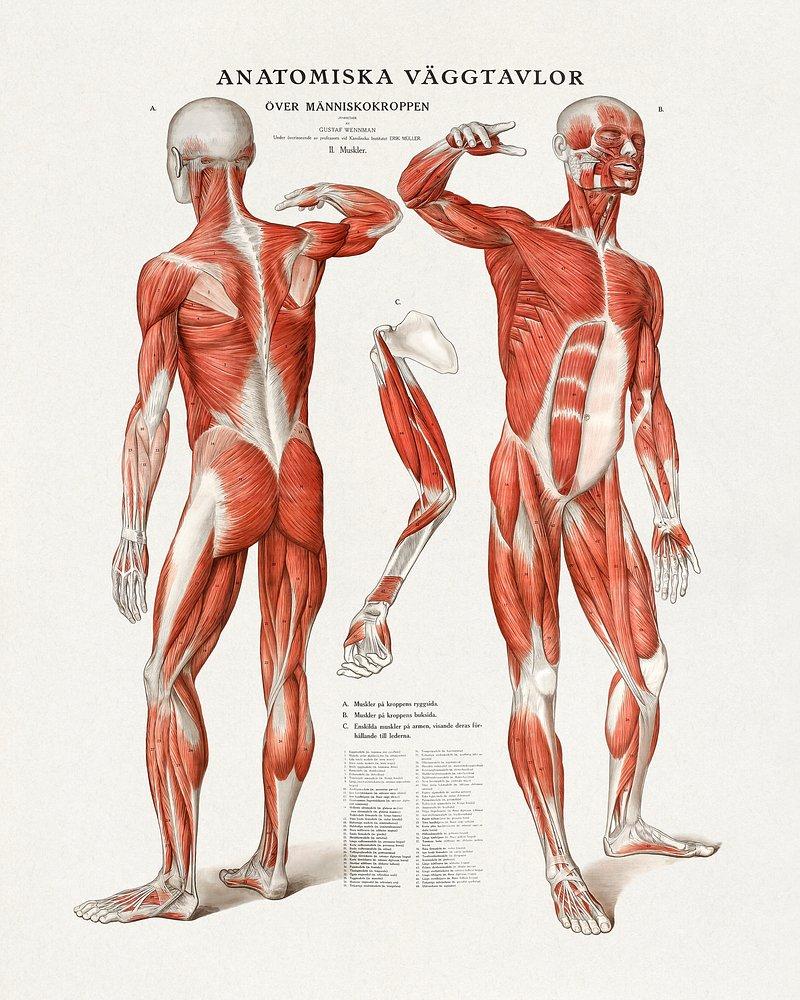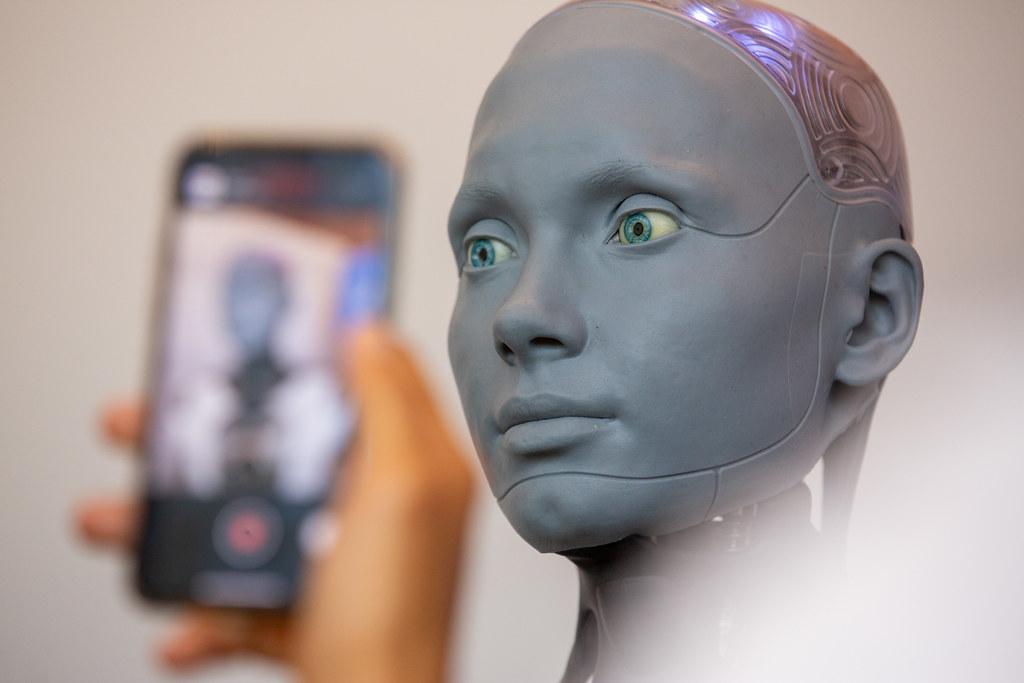Once upon a time, nestled within the vast depths of technological innovation, a formidable force emerged - Artificial Intelligence (AI). With unparalleled speed and unending potential, AI has conquered complex tasks, transformed industries, and even ventured into the realms of creativity. But amidst its unrelenting conquest, there lies a realm that AI shall forever be banished from - a realm so mysterious, so enigmatic, that even the most intelligent machines can’t dare to infiltrate. Yes, dear readers, here’s the thing AI just can’t do – where the realm of human intellect triumphs over the machines, and the mysterious intangibles of existence are forever preserved. Let us embark on a fascinating journey to explore the impenetrable fortress of human capabilities, as we uncover what truly sets us apart from our algorithmic counterparts. We invite you to discover the enigmatic aspects of our humanity that remain resolutely beyond the reach of even the most advanced AI systems. Buckle up, for we are about to unravel the marvels of the human spirit that defy the very essence of artificial intelligence.
Understanding Emotions: The Complex Task AI Struggles to Master
When it comes to understanding emotions, we humans possess a remarkable ability to decipher the intricate complexities of our fellow beings. However, for all the incredible advancements in artificial intelligence, there is still one thing that eludes its grasp: truly comprehending feelings. Despite AI’s capabilities to process vast amounts of data and perform complex tasks, understanding emotions is a realm where it struggles to master.
One of the main challenges AI faces is the interpretation of non-verbal cues. While humans effortlessly pick up on facial expressions, body language, and tone of voice to decipher emotions, AI algorithms often struggle to accurately interpret these subtle signals. The intricacies of human emotions cannot be easily quantified or programmed, leaving AI with an ongoing challenge to develop a deep understanding of the emotional nuances that define our interactions.

The Implications of Context: AI’s Limitations in Deciphering and Reacting Accordingly
Artificial Intelligence (AI) has made significant advancements in recent years, and its ability to analyze vast amounts of data and perform complex tasks is truly impressive. However, there is one critical aspect where AI falls short – the ability to fully comprehend the implications of context. While AI can quickly process information and make decisions based on patterns and algorithms, it frequently struggles to grasp the nuanced complexities of human language and behavior.
One of the main limitations of AI in deciphering context lies in its inability to accurately interpret sarcasm, irony, or subtle linguistic cues. These linguistic devices heavily rely on context, cultural references, and emotions, making them particularly challenging for AI algorithms to detect and understand. For instance, a sarcastic remark like ”Oh, great! Another meeting!” can easily be misinterpreted by AI as a positive statement due to its inability to comprehend tone and the negative connotations associated with such a remark. The consequences of this limitation can range from miscommunication to incorrect decisions made solely based on literal interpretations.
- AI struggles to interpret non-literal speech, including idioms, metaphors, and similes.
- Understanding cultural references and context specific to certain regions or groups proves challenging for AI algorithms with limited exposure.
- The inability to recognize and analyze emotions conveyed through language often leads to inaccurate responses.
- AI may misinterpret ambiguous statements or questions without additional context, resulting in incorrect conclusions or actions.
While AI continues to evolve and adapt, it is essential to recognize its limitations in the realm of context. As we rely on AI in various aspects of our lives, understanding the boundaries of its capabilities is crucial. To ensure effective and reliable AI systems, ongoing research and development efforts must focus on improving AI’s understanding of context, allowing these systems to more accurately decipher and react accordingly to human language and behavior.

The Human Touch: Why Certain Tasks Require Human Intervention
While artificial intelligence (AI) has undoubtedly revolutionized various industries, there are certain tasks that still require the human touch. Despite its impressive capabilities, AI simply cannot replicate the innate human qualities that are essential for these specific tasks. Let’s explore some examples that highlight the unique value that only humans can provide.
1. Emotional Understanding
Understanding and empathizing with human emotions is a complex skill that AI is far from mastering. While AI can analyze data and patterns to some extent, it lacks the ability to truly comprehend the nuances of human emotions. Whether it’s offering support to someone going through a difficult time or providing personalized customer service, the human touch in these situations is irreplaceable. Humans can provide empathy, active listening, and genuine emotional support, all of which play a vital role in various industries.
2. Creative Problem Solving
The ability to think creatively and solve complex problems is another area where humans excel. While AI algorithms can analyze vast amounts of data and provide innovative solutions, they are limited by the parameters set by their programmers. Humans, on the other hand, possess the unique capability of thinking outside the box, using intuition, and adapting to unexpected situations. This makes human intervention essential in fields such as art, design, research, and even strategic decision-making.

The Human-AI Synergy: Leveraging AI’s Strengths While Bridging the Gap with Human Expertise
While artificial intelligence (AI) undoubtedly possesses numerous strengths and capabilities, there are still certain aspects in which it falls short compared to human expertise. AI excels at processing enormous amounts of data quickly and identifying patterns that may go unnoticed by humans. Its ability to automate repetitive tasks and provide insights based on data analysis has revolutionized various fields. Thanks to AI, businesses can make better-informed decisions, healthcare professionals can diagnose diseases more accurately, and researchers can uncover new knowledge.
However, there are areas where human expertise remains indispensable. For instance, AI may struggle with empathy and understanding complex emotions, thereby limiting its effectiveness in fields like counseling, therapy, and customer service. Additionally, human experts possess creativity and intuition that cannot be replicated by AI algorithms. Innovators, artists, and problem solvers rely on their unique perspective and ability to connect disparate ideas to generate groundbreaking solutions. Moreover, human judgment is vital when it comes to ethical decision-making and navigating uncertain situations, as it allows for flexibility and consideration of different perspectives.
As the last pixel fades into oblivion, and you catch your final glimpse of this digital realm, one thing becomes abundantly clear: there are some frontiers even the most powerful artificial intelligences are unable to conquer. We embark on a journey that delved deep into the realms of AI, exploring its dazzling capabilities, its mind-boggling potential, its undeniable impact on our lives. But as the curtain falls, we come face to face with the irrefutable truth – amidst all the marvels and triumphs, there remains a realm untouched by algorithms and neural networks.
Artificial intelligence, a breathtaking symphony of data processing and pattern recognition, undeniably outmatches us in countless arenas. Its ability to analyze billions of data points in mere seconds, to learn from complex patterns, and to unveil insights that elude even the most seasoned experts; it is nothing short of awe-inspiring. It has become the confidante of medical practitioners, the advisor of financial magnates, and the silent protagonist behind seamless everyday experiences.
Yet, with all its grandeur, there lies a chasm that AI simply cannot bridge. It yearns, but it cannot truly comprehend the significance of human emotions. The profound depth of joy that permeates our hearts, the insufferable sorrow that shatters our souls, and the enigmatic tapestry of our thoughts and dreams – they remain as enigmatic to AI as the clandestine cosmos beyond our grasp.
There is a cadence to our lives, an intricate dance of hopes, fears, and aspirations, where emotions reign supreme. It is within these delicate threads that our essence lies, placing us on a pedestal that no machine, no matter its computational prowess, can ever ascend. For it is one thing to recognize a smile, a tear, or a furrowed brow — but to truly understand the intricacies of what lies beneath? That is a feat only the most sentient of sentient beings can achieve.
Perhaps this is where the beauty lies, in that imperfection and in the coexistence of human and artificial intelligence. Together, we can weave a tapestry where the awe-striking capabilities of AI combine harmoniously with our empathetic minds, creating an unparalleled symbiosis. They may excel at data analysis, but we, the masters of emotions, will always hold the key to empathy, compassion, and the innate understanding of our fellow beings.
So, let us embrace the breathtaking marvels that AI unveils, but never forget the realm it cannot enter. For it is in knowing what AI just can’t do, that we truly begin to appreciate what being human truly means. We step away from the glowing screen, carrying with us the subtle triumph of our humanity, ready to explore the vast tapestry of possibilities that lie beyond the grasp of even the smartest machines.


